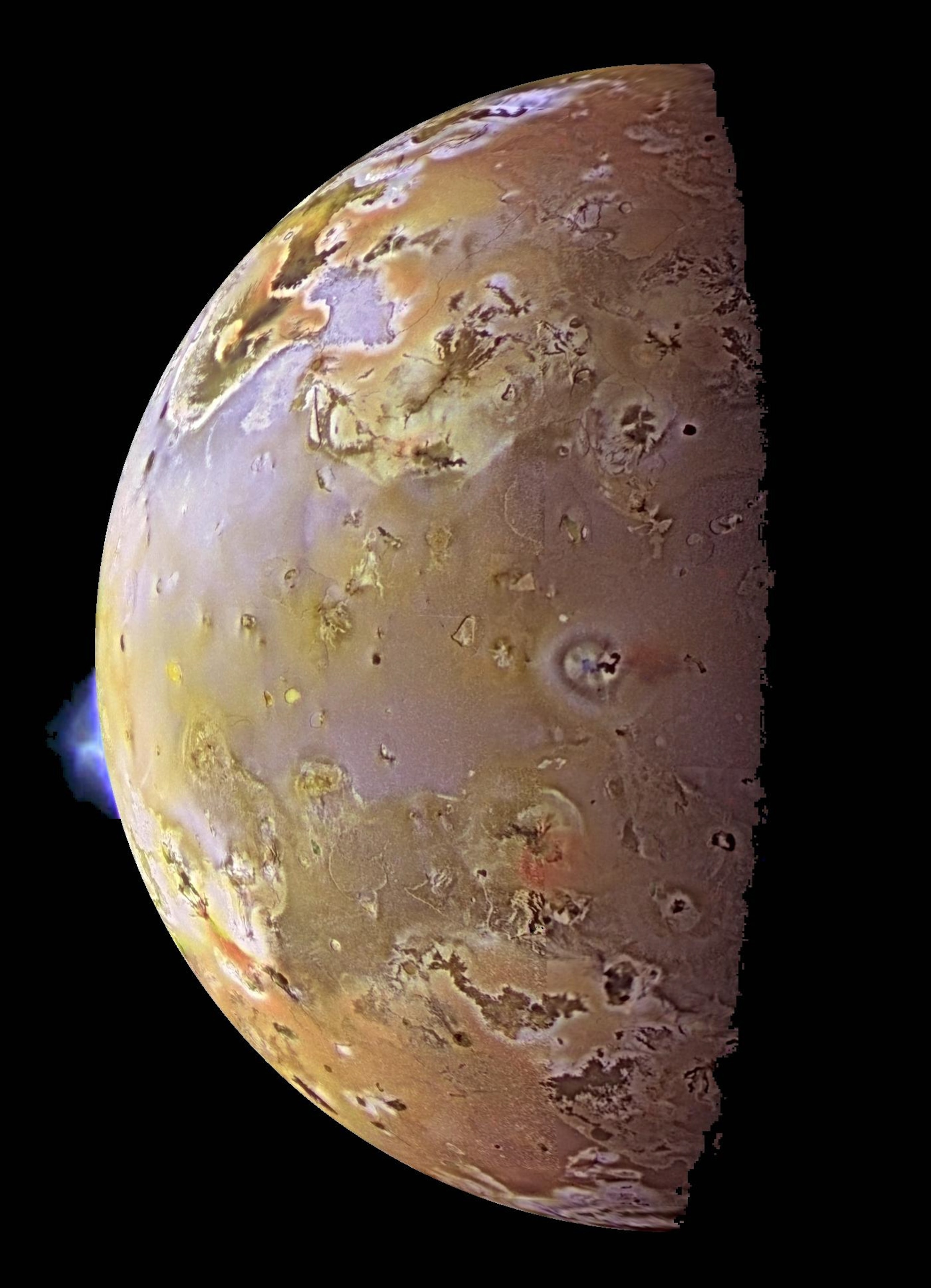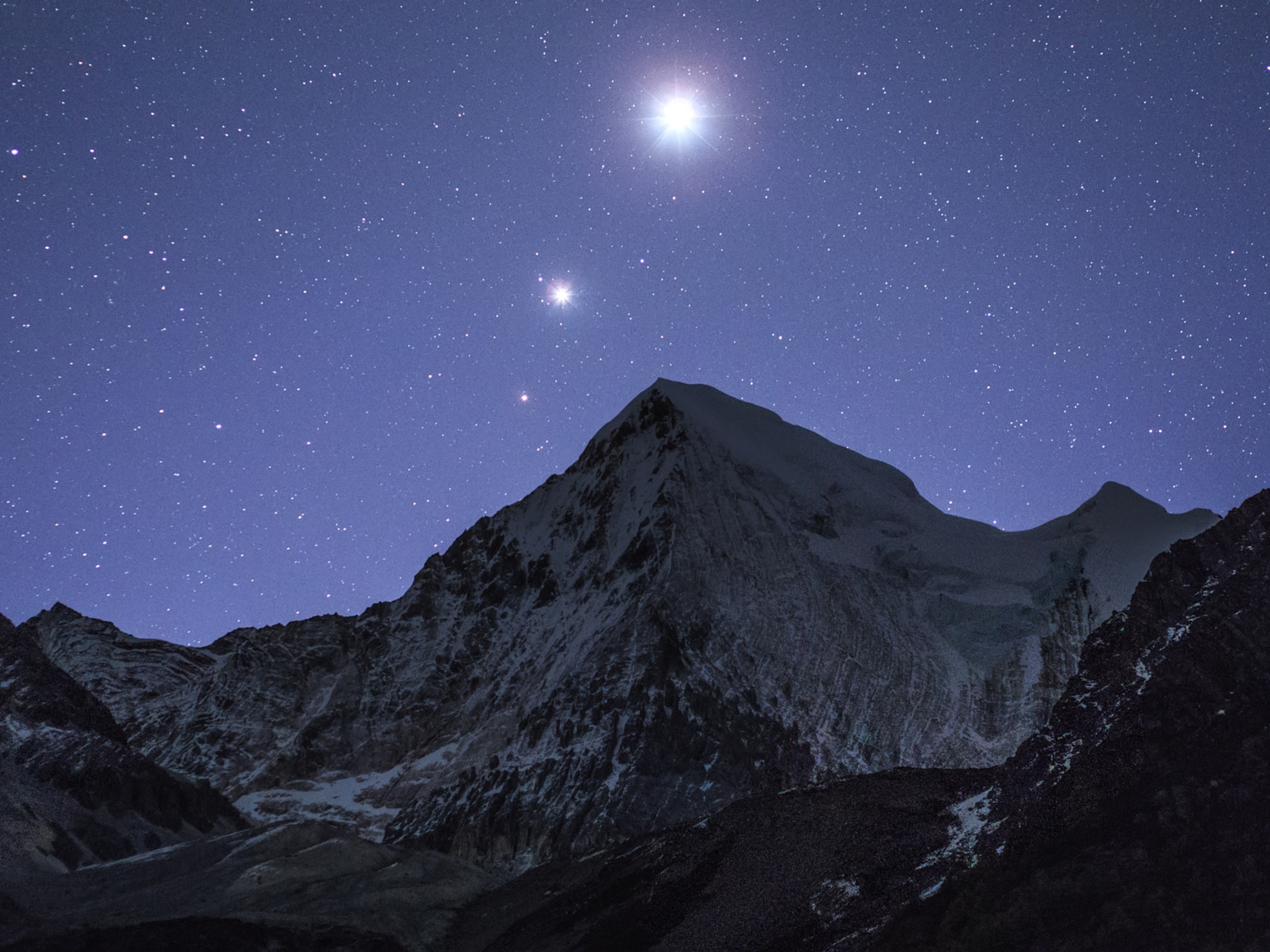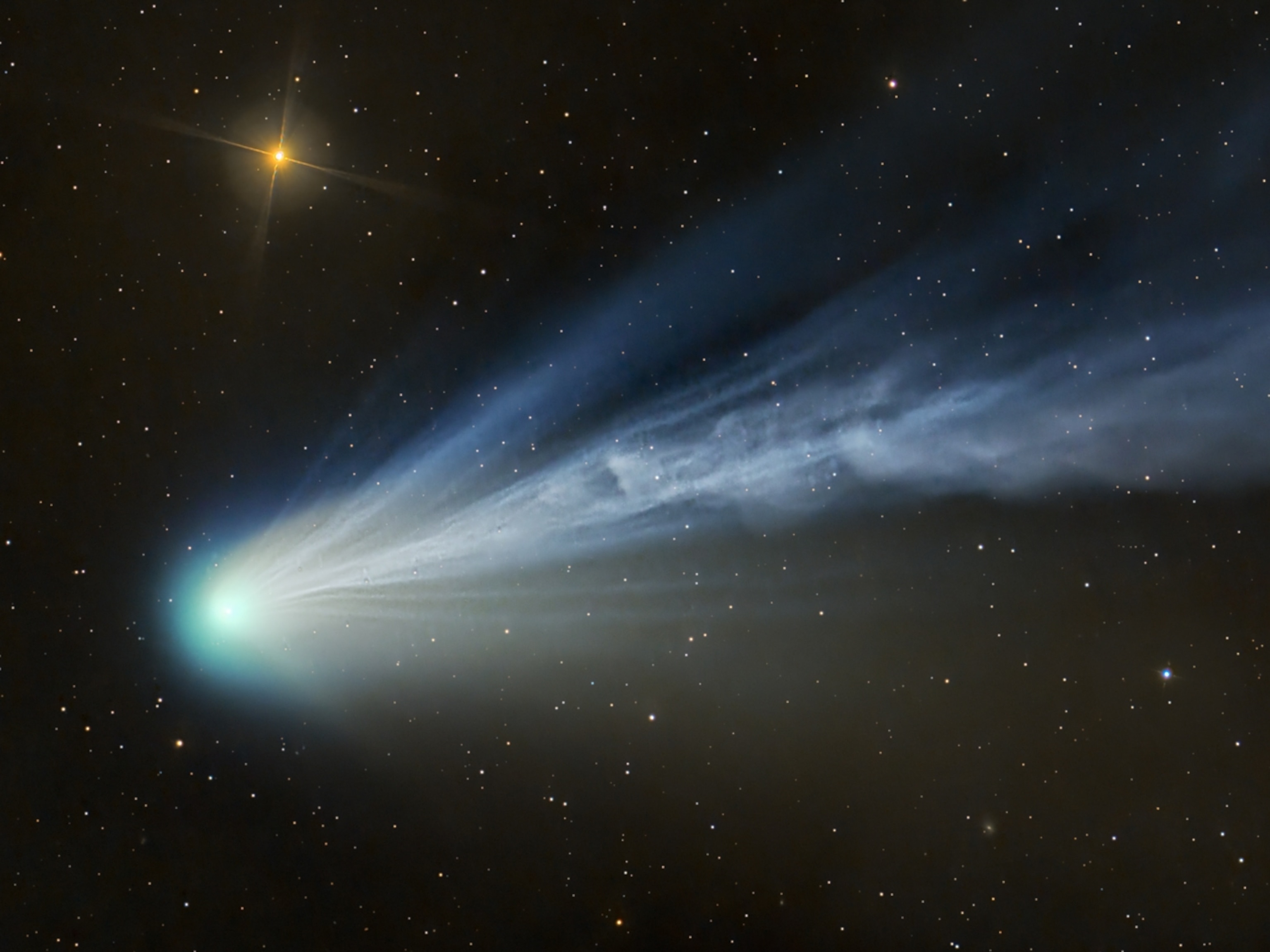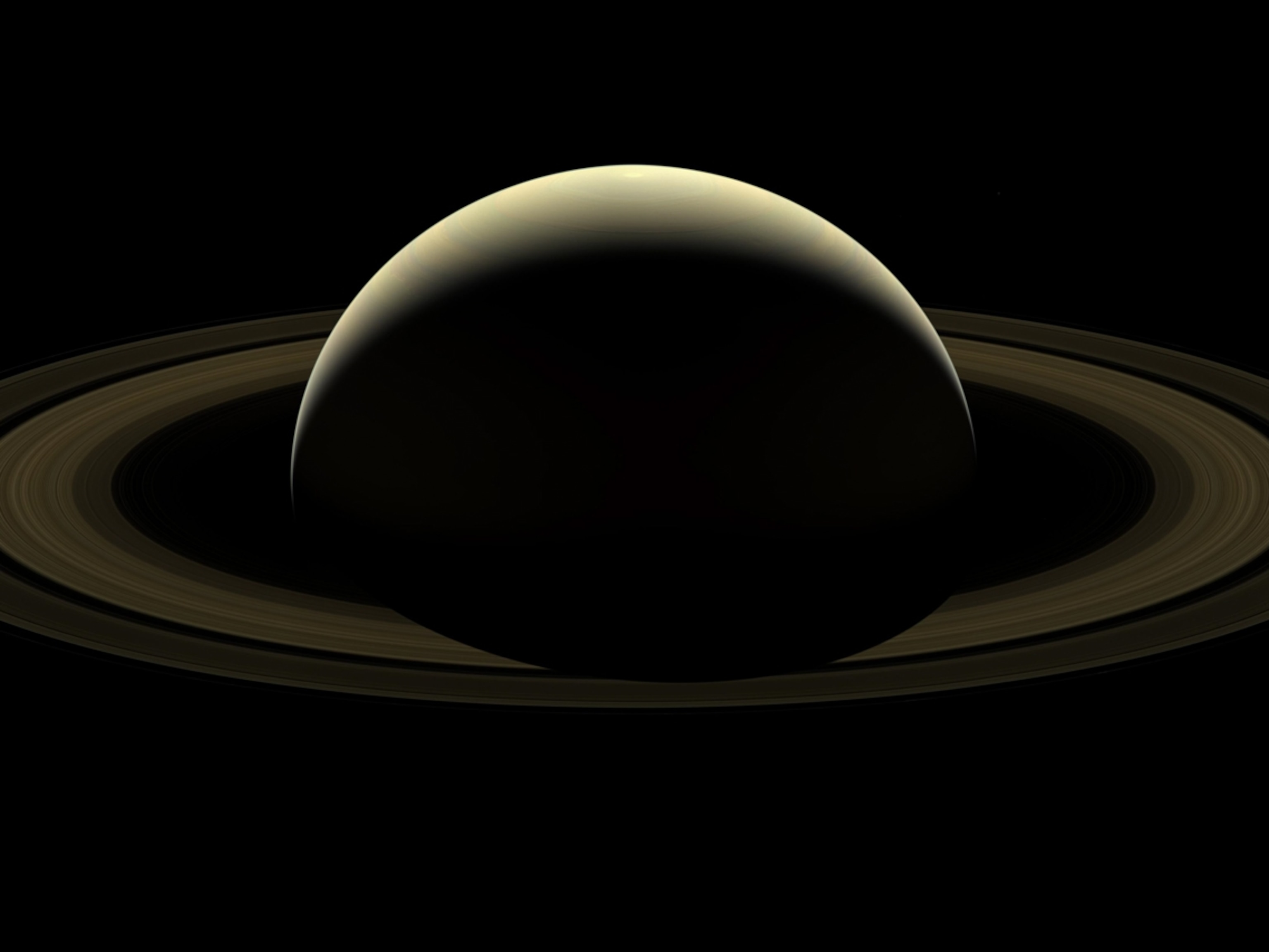
Lava Lake on Moon of Jupiter Revealed in Remarkable Detail
The two mirrors of an Arizona telescope reveal heat rising from the horseshoe-shaped Loki lava lake on the moon Io.
For the first time ever, researchers on Earth have been able to capture detailed images of the heat rising from an active volcano on another body in the solar system.
Using its twin 8.4-meter mirrors, the Large Binocular telescope observatory in Arizona managed to spy on a large lava lake on Jupiter’s moon Io, located some 500 million miles (800 million kilometers) away.
The innermost moon of the gas giant, which is slightly larger than Earth’s own moon, is considered the most geologically active body in the entire solar system. At least 300 volcanic structures dot its surface.
The largest of these features is a volcanic pit named after Loki, the Norse trickster god. The depression is filled with a sulfur-encrusted lake measuring around 125 miles (200 kilometers) across.
The Voyager 1 spacecraft first discovered Io’s volcanism back on March 5, 1979, when it barnstormed the Jovian moon and snapped dramatic images of a giant, nearly 200-mile-tall plume (300 kilometers) rising into space, later revealed to be emanating from Loki.
The new high-resolution infrared images of Loki produced by the Large Binocular Telescope show an active horseshoe-shaped lava lake with multiple bright spots, representing heat rising from the lake surface. That exceptional detail is thanks to the telescope’s ability to digitally stitch together its two mirrors, giving an image like that of one single optical unit spanning nearly 75 feet (23 meters) across.

“In this way, for the first time we can measure the brightness coming from different regions within the lake,” explained Al Conrad, the lead of the study and a Scientist at the Large Binocular Telescope Observatory (LBTO) in a press statement.
Astronomers can now examine various bright spots in the lake that they believe may represent individual lava flows or eruptions as the lake’s crust breaks apart and re-forms. And that could help answer some fundamental questions about the active moon.
“Io's highly elliptical orbit close to Jupiter is constantly tidally stressing the moon, like the squeezing of a ripe orange, where the juice [magma] can escape through cracks in the peel,” said team member Chick Woodward of the University of Minnesota in a prepared statement.
"Studying the very dynamic volcanic activity on Io, which is constantly reshaping the moon 's surface, provides clues to the interior structure and plumbing of this moon, helping to pave the way for future NASA missions such as the Io Volcano Observer,” Woodward explained.
See For Yourself
While these alien volcanoes on Io may be out of reach for backyard sky-watchers, the moon and its host planet Jupiter are easy targets for the unaided eye and binoculars.
The largest planet in the solar system, Jupiter is easy to find in the night sky, as it dominates the starry heavens with its brilliance. After night falls this week, look halfway up the western sky for the brightest star-like object—that will be the gas giant nestled within the constellation Cancer, the crab.
While the planet itself is easily found with just the naked eye, even from light-polluted cities, to catch sight of its four largest moons, including Io, you will need a pair of binoculars or, even better, a small telescope.

If you hold your binoculars steady, you may be able to glimpse up to four small dots scattered on either side of the planet. These are the Galilean moons, named after the Italian astronomer Galileo, who discovered them using the newly invented telescope back in 1609. Look at them over the course of a few hours or couple of nights, and you should notice that they change positions as they orbit Jupiter, with Io being the speediest. That’s because Io hugs the planet closest, taking only 42 hours to make one orbit.
Training even the smallest of telescopes on Jupiter, which is slightly more than 11 times larger than Earth, will start to reveal details in the atmosphere of the gas giant. It shines so brilliantly in our skies because of its sheer size and highly reflective clouds.
It’s amazing to think that sunlight reflecting off the surface of Io, its neighboring moons, and Jupiter itself takes 43 minutes to reach your eye.
Follow Andrew Fazekas, the Night Sky Guy, on Twitter, Facebook, and his website.





